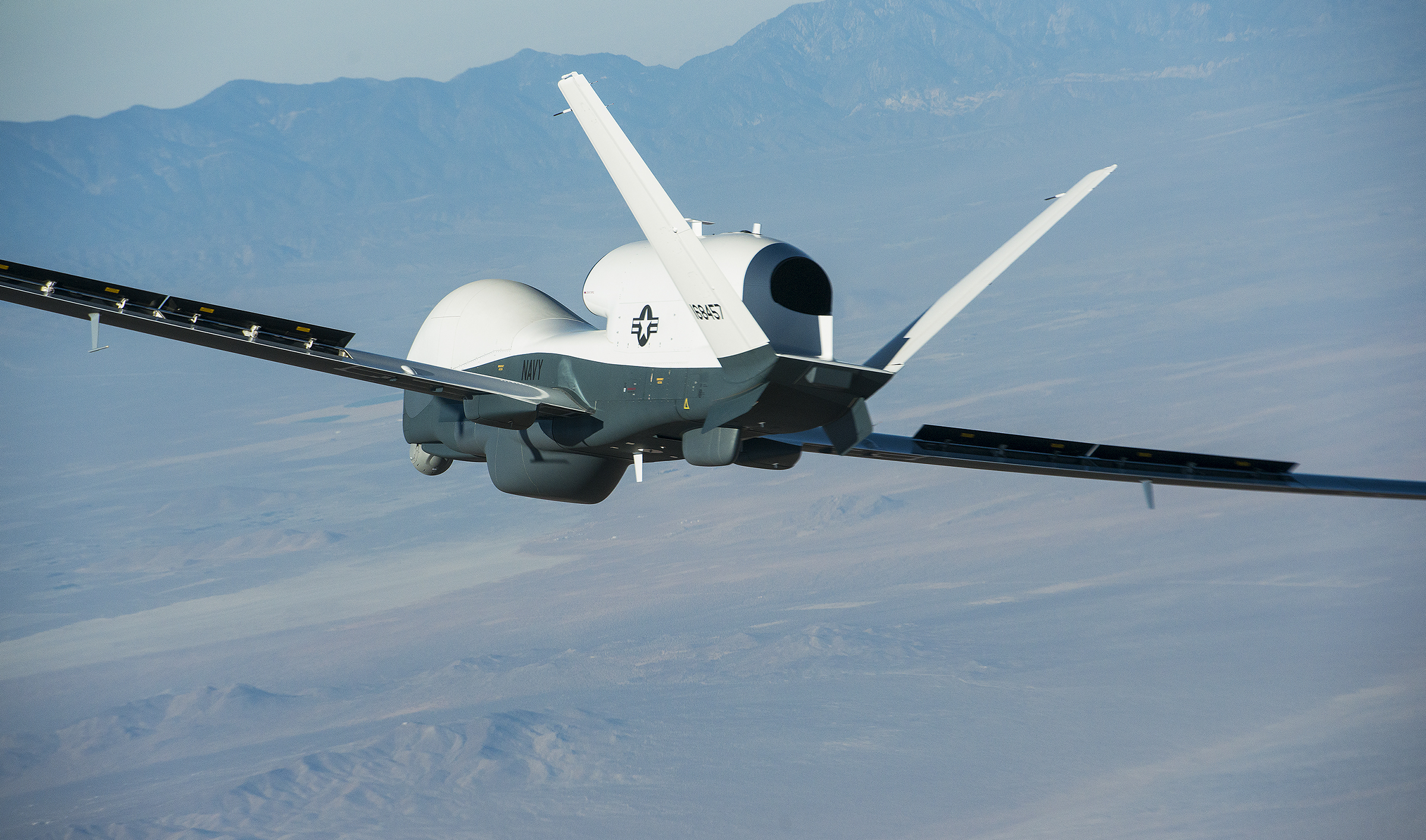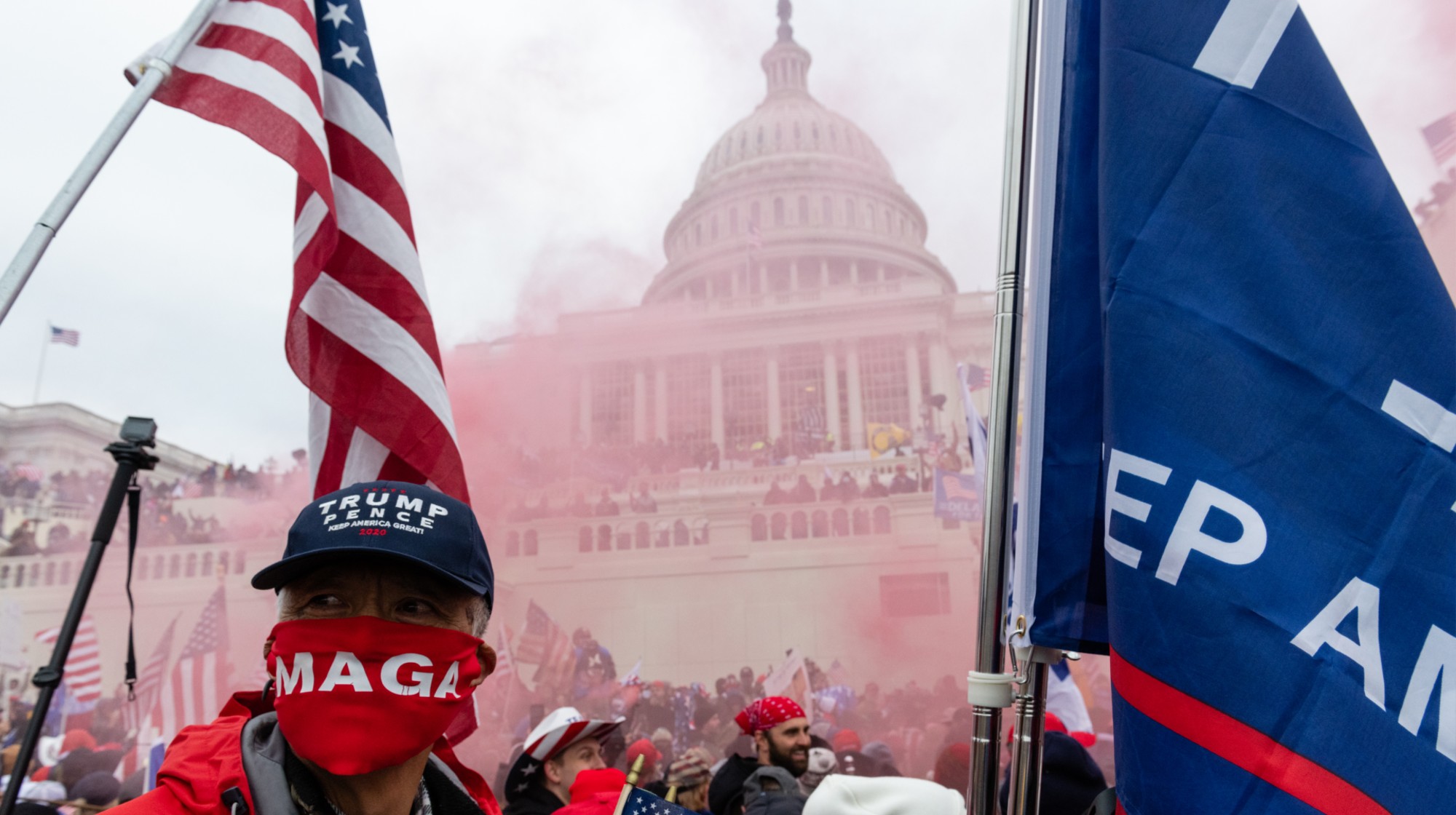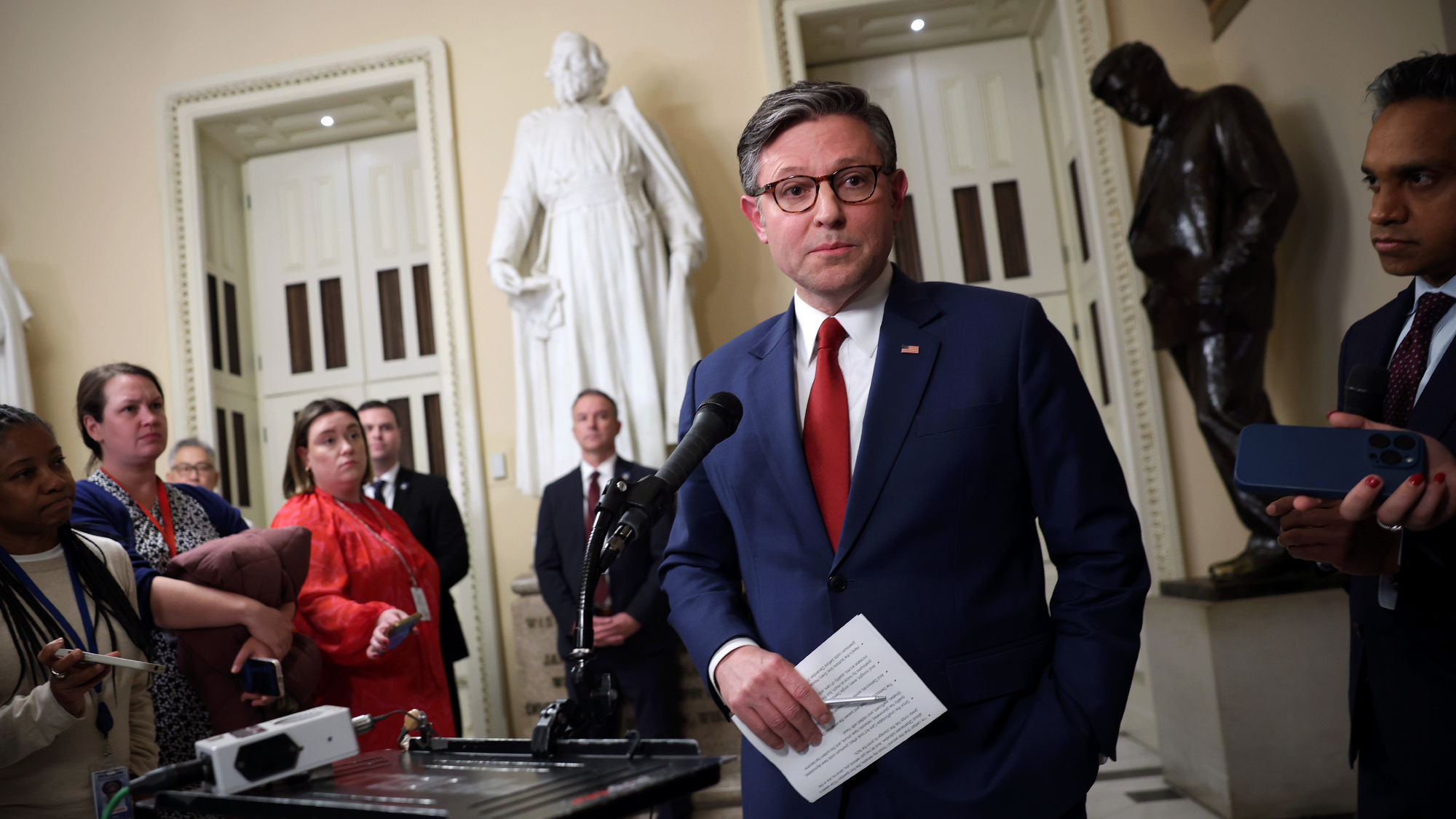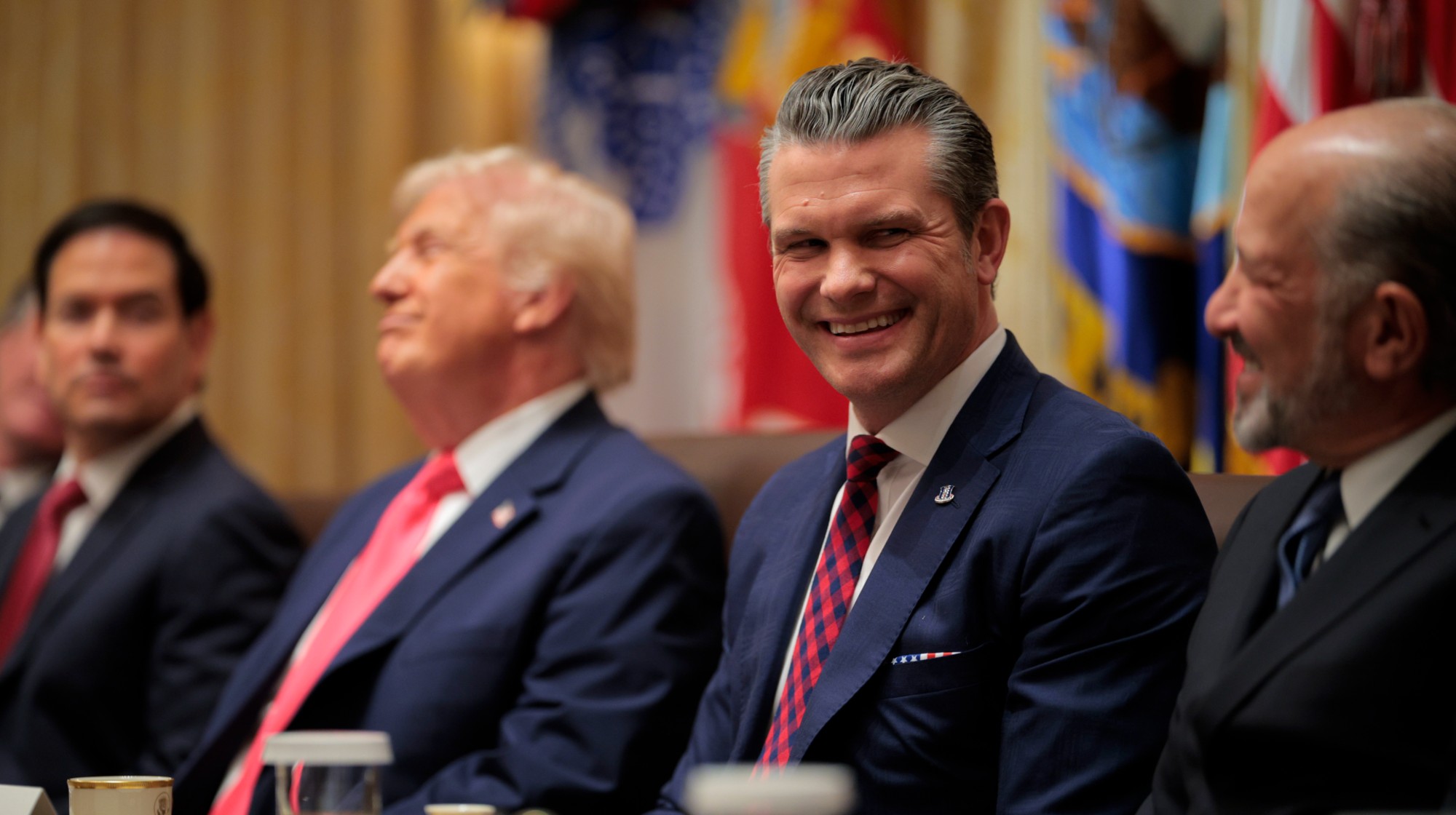Trump reportedly approved, abruptly called off retaliatory strike on Iran


President Trump approved a U.S. military strike against targets inside Iran in retaliation for Iran's downing of a $130 million American surveillance drone, but the operation, already underway in its early stages, was abruptly called off Thursday night, The New York Times reports, citing senior administration officials. Planes were in the air and ships in position to strike a handful of targets, like radar installations and missile batteries, before dawn on Friday to minimize the risk of casualties.
It's not clear whether Trump "changed his mind on the strikes or whether the administration altered course because of logistics or strategy," the Times reports. "It was also not clear whether the attacks might still go forward." Trump's advisers are split on whether to strike Iran and risk escalating a growing conflict — Secretary of State Mike Pompeo, National Security Adviser John Bolton, and CIA Director Gina Haspel are in favor, while top Pentagon officials urged restraint, the Times says. After congressional leaders were briefed on the attack plans, Democrats urged Trump to de-escalate the situation and get congressional approval before taking military action.
Iran shot down a RQ-4 Global Hawk drone early Thursday with a surface-to-air missile, claiming it had crossed into Iranian airspace. The U.S. says it was in international airspace over the Gulf of Oman. Both sides produced evidence to bolster their claim. "Iran's ability to target and destroy the high-altitude American drone, which was developed to evade the very surface-to-air missiles used to bring it down, surprised some Defense Department officials, who interpreted it as a show of how difficult Tehran can make things for the United States as it deploys more troops and steps up surveillance in the region," the Times reports.
The Week
Escape your echo chamber. Get the facts behind the news, plus analysis from multiple perspectives.

Sign up for The Week's Free Newsletters
From our morning news briefing to a weekly Good News Newsletter, get the best of The Week delivered directly to your inbox.
From our morning news briefing to a weekly Good News Newsletter, get the best of The Week delivered directly to your inbox.
The White House and Pentagon declined to comment the Times but did not ask the newspaper to withhold the article.
A free daily email with the biggest news stories of the day – and the best features from TheWeek.com
Peter has worked as a news and culture writer and editor at The Week since the site's launch in 2008. He covers politics, world affairs, religion and cultural currents. His journalism career began as a copy editor at a financial newswire and has included editorial positions at The New York Times Magazine, Facts on File, and Oregon State University.
-
 Bari Weiss’ ‘60 Minutes’ scandal is about more than one report
Bari Weiss’ ‘60 Minutes’ scandal is about more than one reportIN THE SPOTLIGHT By blocking an approved segment on a controversial prison holding US deportees in El Salvador, the editor-in-chief of CBS News has become the main story
-
 CBS pulls ‘60 Minutes’ report on Trump deportees
CBS pulls ‘60 Minutes’ report on Trump deporteesSpeed Read An investigation into the deportations of Venezuelan migrants to El Salvador’s notorious prison was scrapped
-
 Trump administration posts sliver of Epstein files
Trump administration posts sliver of Epstein filesSpeed Read Many of the Justice Department documents were heavily redacted, though new photos of both Donald Trump and Bill Clinton emerged
-
 Trump HHS moves to end care for trans youth
Trump HHS moves to end care for trans youthSpeed Read The administration is making sweeping proposals that would eliminate gender-affirming care for Americans under age 18
-
 Jack Smith tells House of ‘proof’ of Trump’s crimes
Jack Smith tells House of ‘proof’ of Trump’s crimesSpeed Read President Donald Trump ‘engaged in a criminal scheme to overturn the results of the 2020 presidential election,’ hoarded classified documents and ‘repeatedly tried to obstruct justice’
-
 House GOP revolt forces vote on ACA subsidies
House GOP revolt forces vote on ACA subsidiesSpeed Read The new health care bill would lower some costs but not extend expiring Affordable Care Act subsidies
-
 Hegseth rejects release of full boat strike footage
Hegseth rejects release of full boat strike footageSpeed Read There are calls to release video of the military killing two survivors of a Sept. 2 missile strike on an alleged drug trafficking boat
-
 Trump vows naval blockade of most Venezuelan oil
Trump vows naval blockade of most Venezuelan oilSpeed Read The announcement further escalates pressure on President Nicolás Maduro


